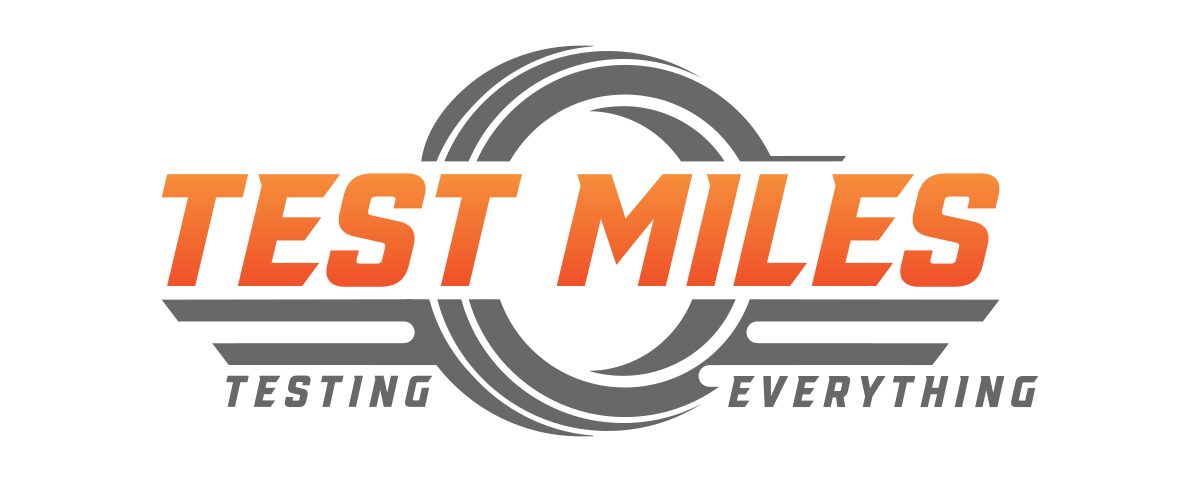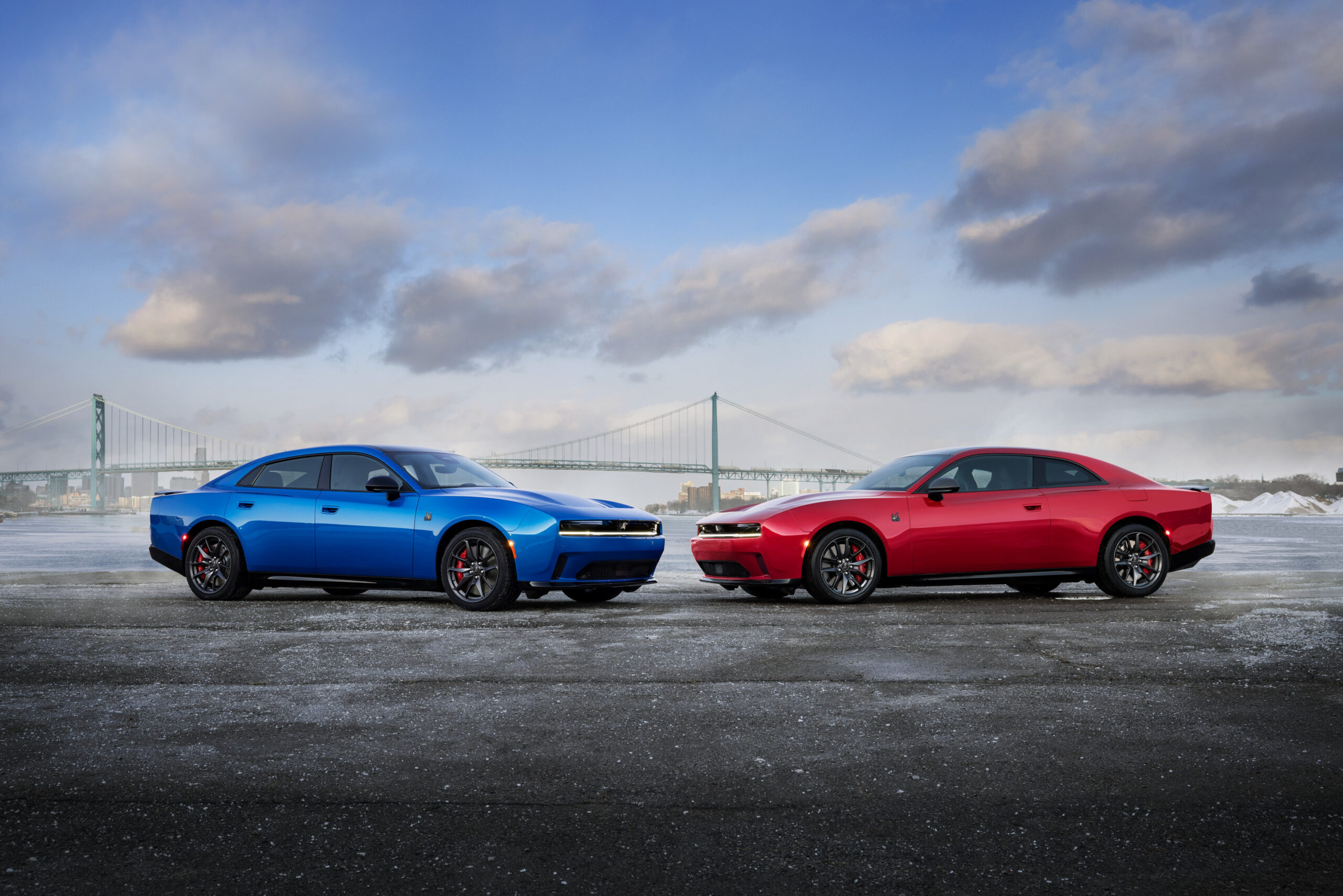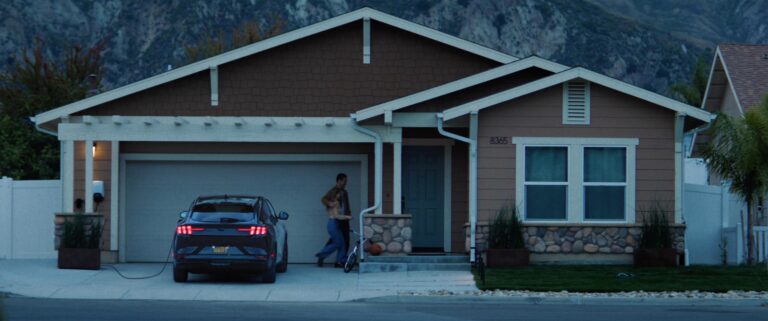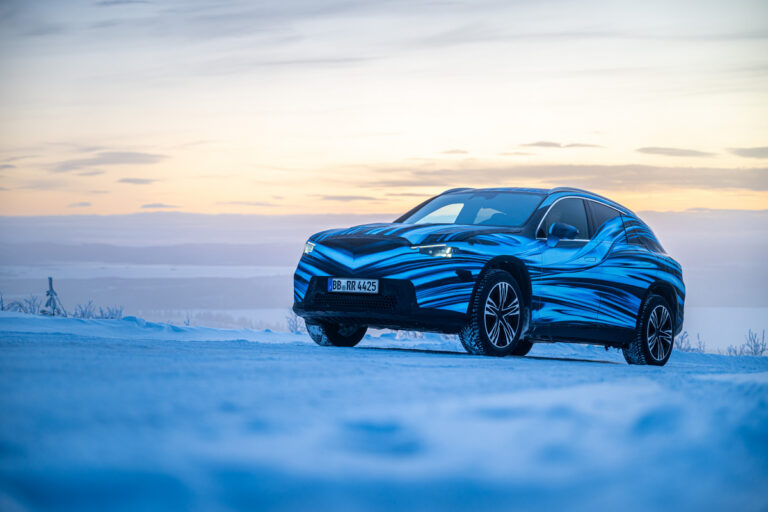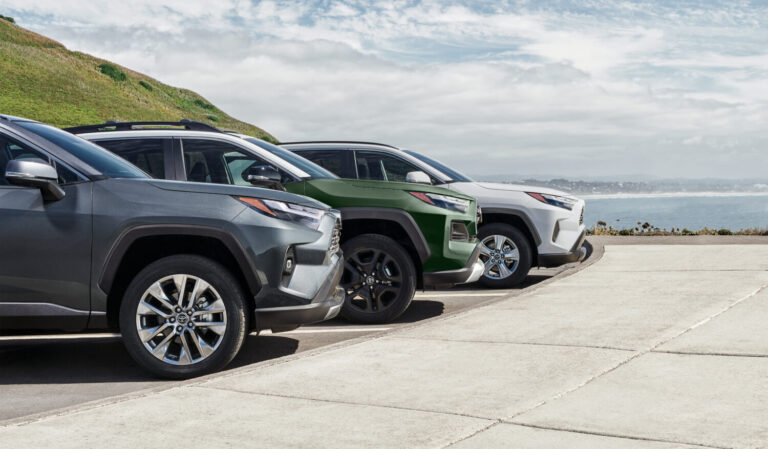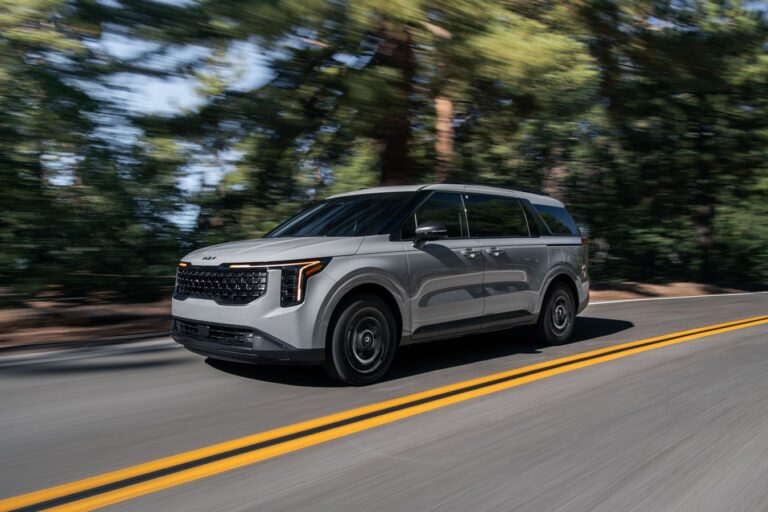Dodge Recalls Charger EV for Being Too Quiet
Dodge Charger Daytona EV recalled for missing pedestrian warning sounds. Here’s why 8,400 units need a quick fix and what it means for EV safety.
Over 8,000 Dodge Charger Daytona EVs face a recall because their pedestrian warning systems weren’t loud enough to meet federal safety standards.
Of all the things that might get a muscle car recalled, “being too quiet” sounds like a Monty Python sketch. But that’s precisely what’s happened to Dodge’s new electric flagship. The 2024–2025 Charger Daytona EV, a car that replaces grunts and growls with volts and vectoring, is heading back to the shop for failing to warn pedestrians it’s approaching. Because apparently, “Fratzonic Chambered Exhaust” wasn’t enough to cover the basics.
Why does this car matter right now?
The Charger EV is Dodge’s bold leap into electrification a symbol that Detroit’s horsepower kings can still scare Teslas. But the National Highway Traffic Safety Administration (NHTSA) recently discovered something missing: the legally required low-speed pedestrian alert system. Unlike the roaring V8s of old, electric cars whisper through parking lots. That whisper, though elegant, must come with a warning sound especially under 18 mph so pedestrians, including the visually impaired, aren’t caught unaware. You also might like this.

Turns out, nearly 8,400 Charger Daytona EVs rolled off the line without properly activated external pedestrian warning sounds. And while Dodge was eager to amplify synthetic thunder from its Fratzonic speaker system, it seems the federally mandated hum got lost in the mix. The recall was announced after internal testing flagged the issue. By July 10, 2025, Dodge will begin notifying owners, inviting them in for a software fix that takes under two hours. You also might like this
How does it compare to rivals?
Most EV makers have ironed out this particular wrinkle. Ford’s Mustang Mach-E, Hyundai’s Ioniq 5, and even Tesla’s Model Y all chirp, buzz, or whir at low speeds, complying with FMVSS 141. But the Charger EV had been preoccupied with sounding like a Hellcat in heat so much so that the federally mandated “shush with a pulse” was forgotten. This isn’t about volume; it’s about frequency and predictability. The required tone is standardized so pedestrians recognize it across brands. Dodge’s simulated exhaust might sound fun, but fun doesn’t help the visually impaired cross a car park.

To be fair, this isn’t some mechanical failure. It’s a software oversight, the sort of thing that once would’ve required wrenches but now just needs a USB cable and a technician who’s seen “The Matrix.” That doesn’t make it excusable, but it does mean Dodge isn’t alone. Other EVs, like the early Nissan Leafs and BMW i3s, had similar alerts added later through updates.
Who is this for and who should skip it?
If you’re among the lucky few to get one of the early Charger Daytona EVs congrats, you’re part of Dodge’s most radical redesign in decades. But you’ll need to get that update done. This recall affects vehicles built between April 30, 2024, and March 18, 2025. Dealers will fix it for free and may even throw in a loaner if needed.
This recall shouldn’t spook buyers. It’s not a mechanical fault. There’s no risk of battery fire, no surprise shutdowns on the freeway, and no exploding airbags. It’s an issue of compliance, and a relatively easy fix. But for those who insist on their cars being more than just legal those who want muscle, menace, and safety it’s a gentle reminder that making a muscle car whisper still means you’ve got to make it hum.

What’s the long-term significance?
Pedestrian safety laws aren’t just red tape they reflect a real-world need. As EVs get quieter and cities get denser, ensuring that vehicles are heard before they’re seen will only grow more important. Dodge’s oversight won’t doom the Charger EV. If anything, it humanizes the brand’s shift from roaring bravado to silent speed.
But this also signals a shift in what we consider performance. It’s not just about 0–60 times or skidpad Gs anymore. It’s about integration blending power, presence, and protection into one package. And if Dodge can get the Charger to growl like a V8 while still meeting safety standards, the future of muscle cars might just be safe, fast, and street legal.

For now, though, if your Charger isn’t making a sound below 18 mph, don’t worry, it’s not shy. It’s just due for a little update.
Like what you’ve read? Stay in the driver’s seat with more insider automotive insights. Follow @NikJMiles and @TestMiles for stories that go beyond the press release.
